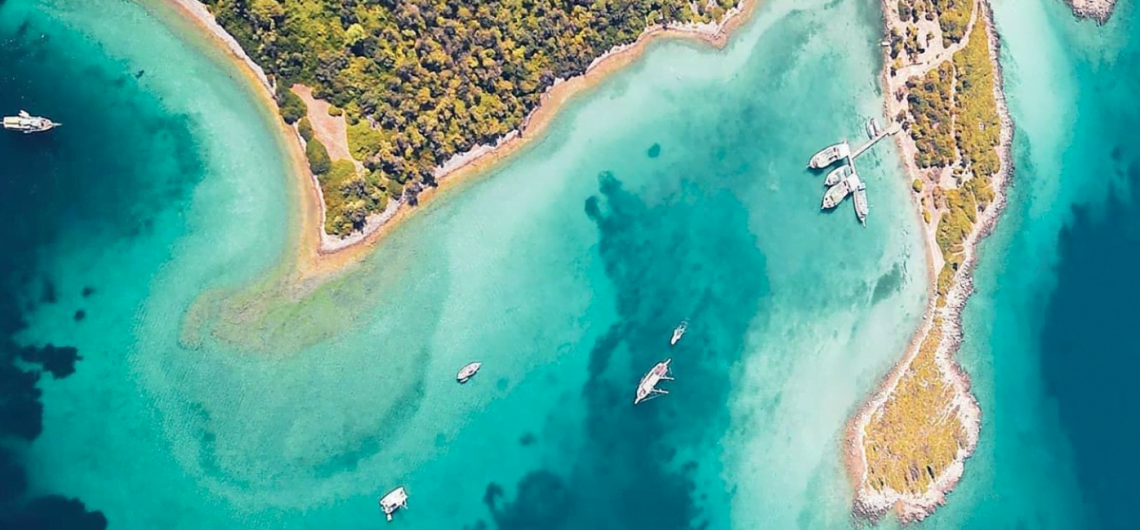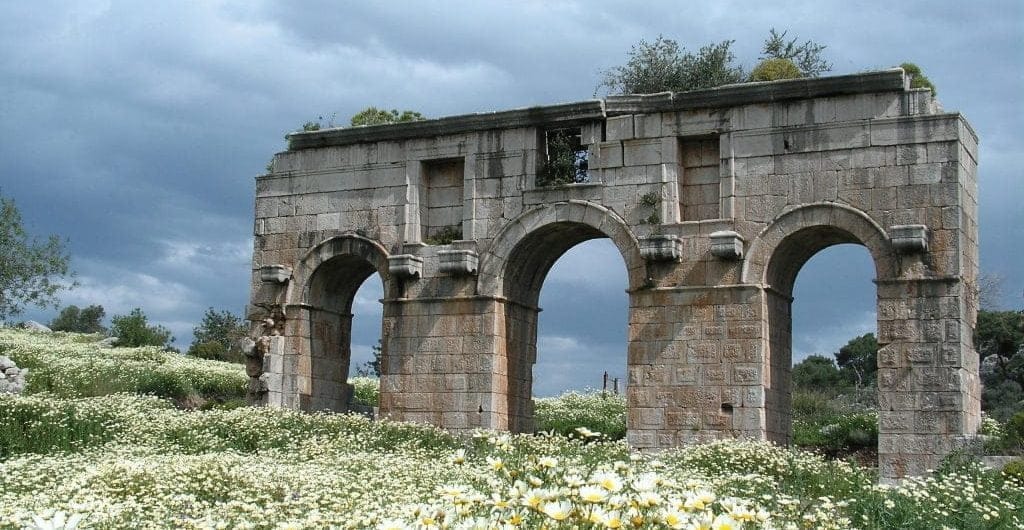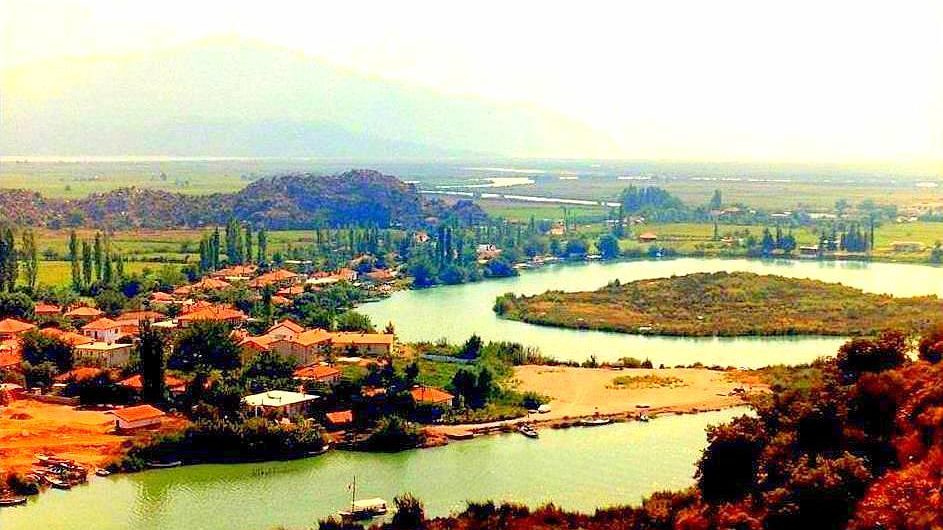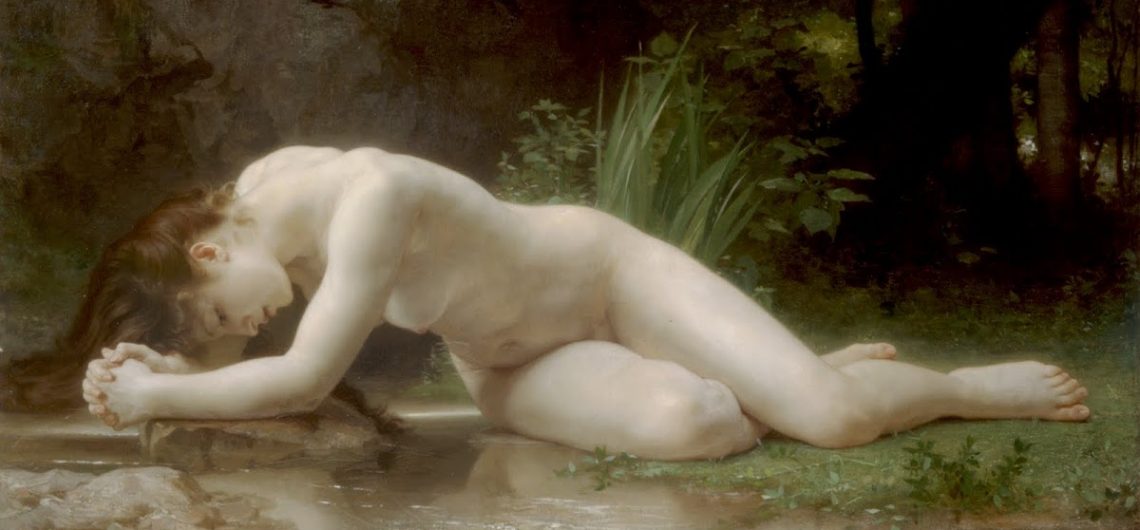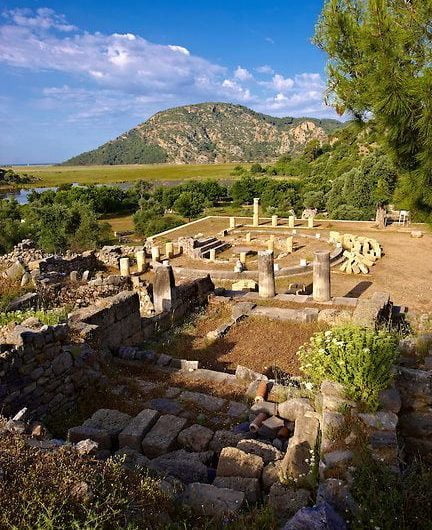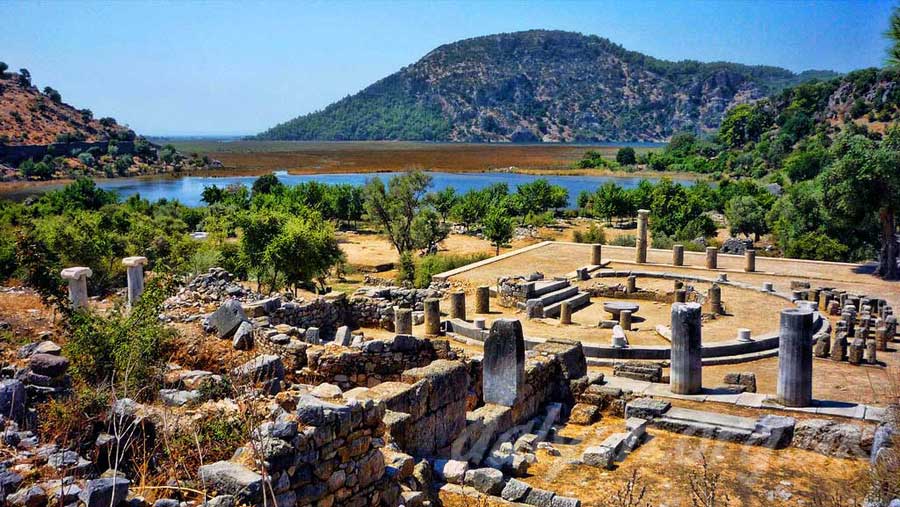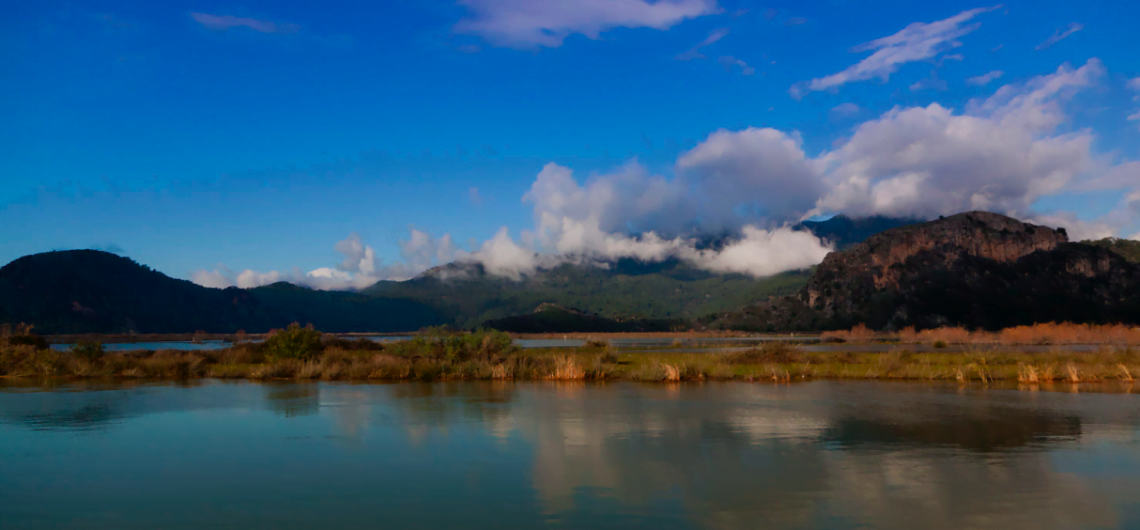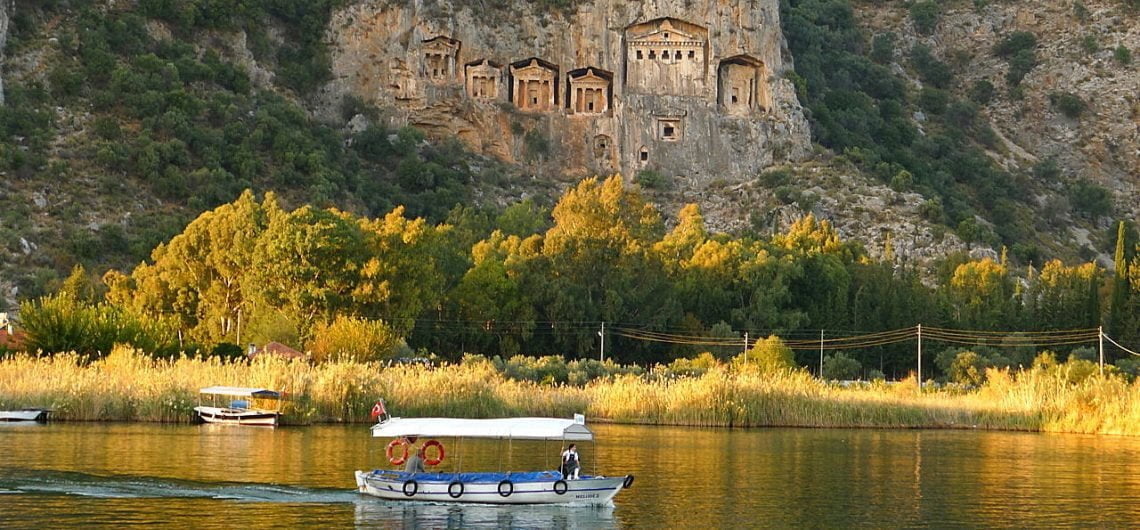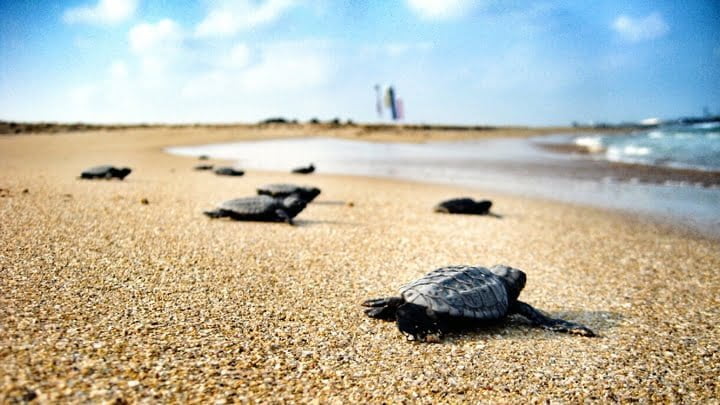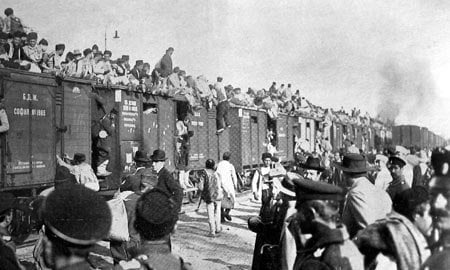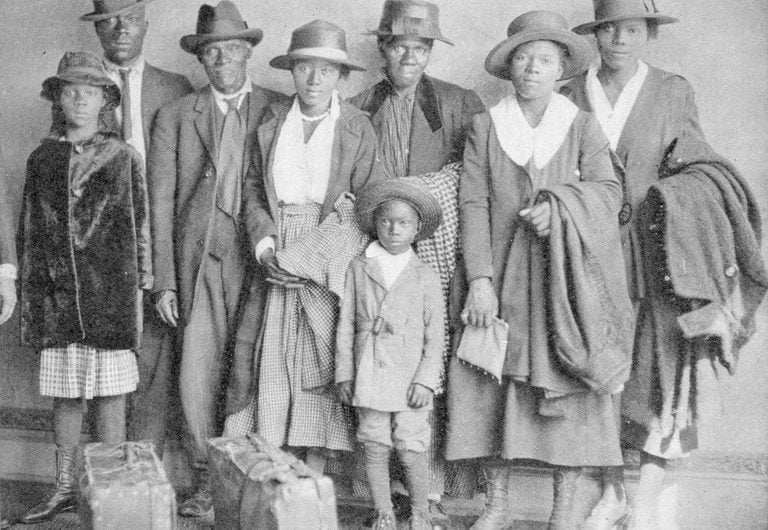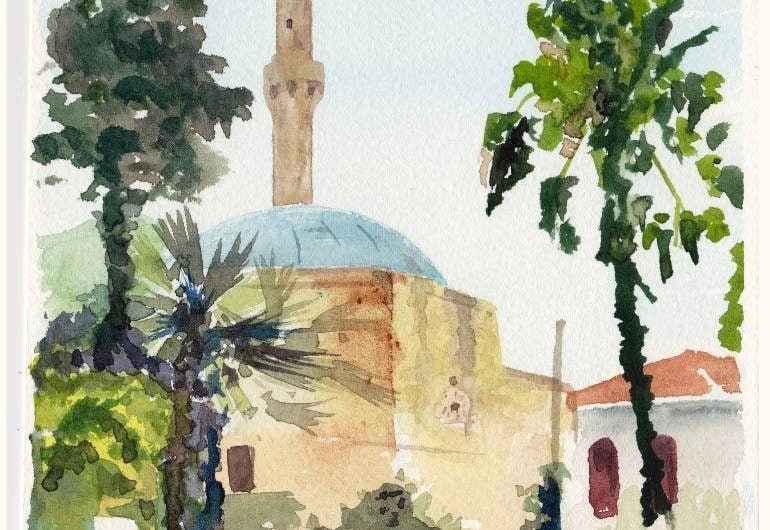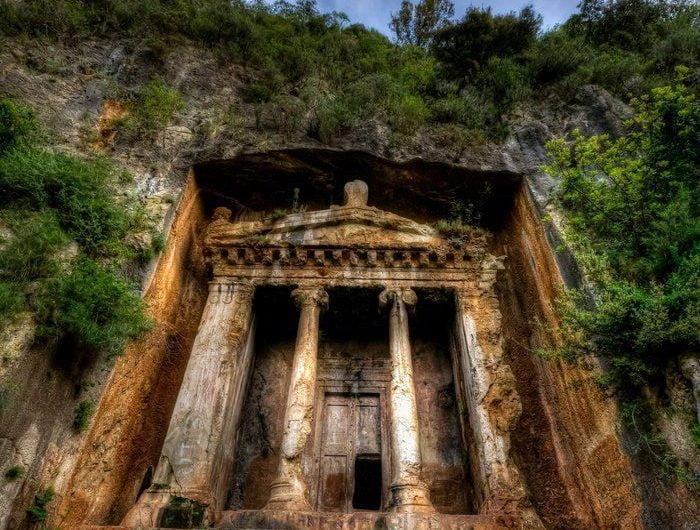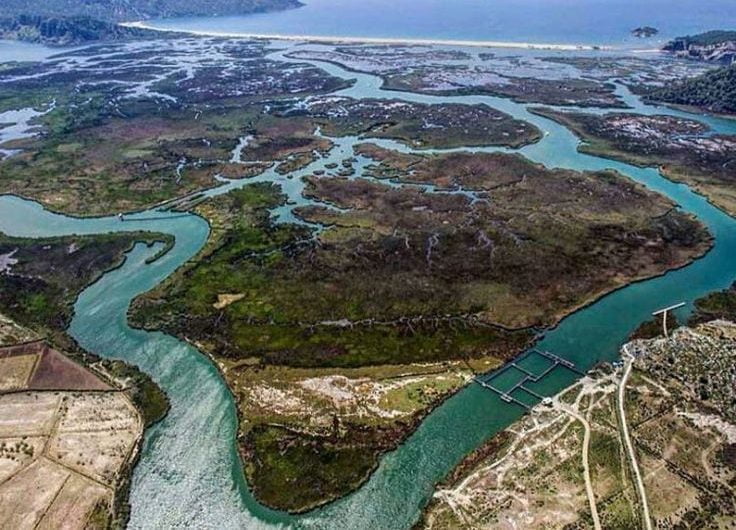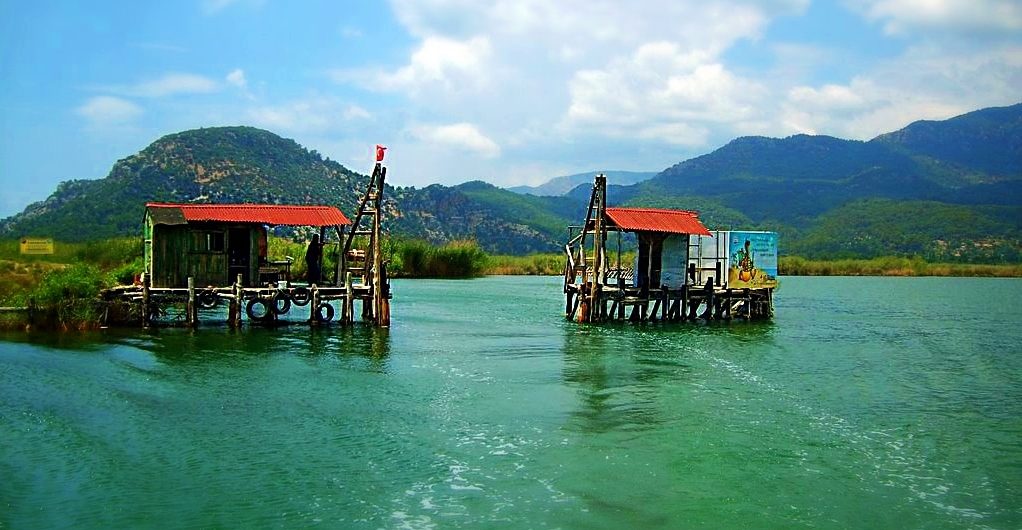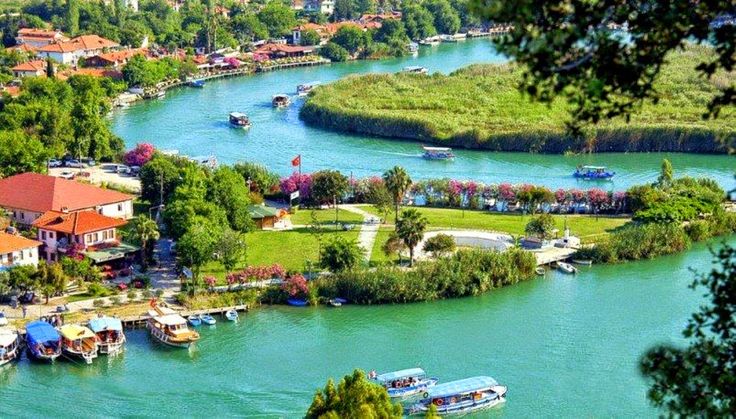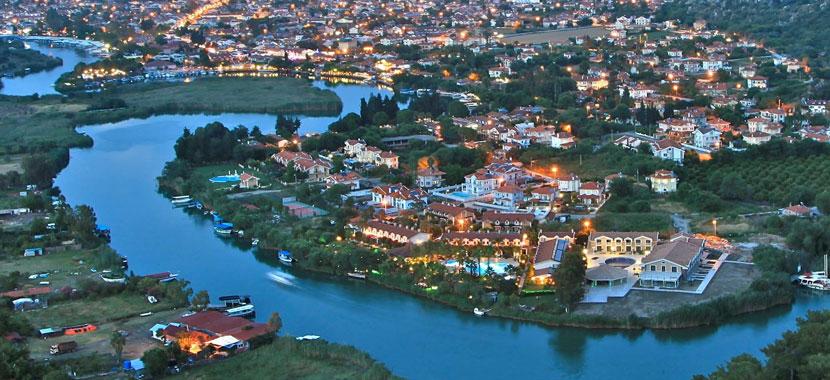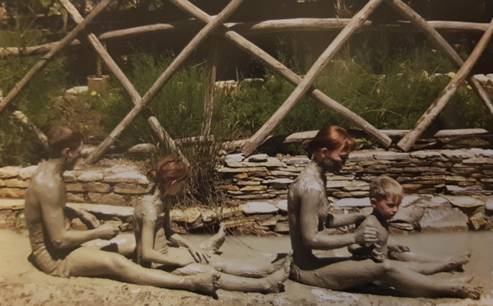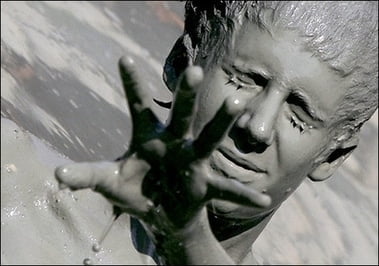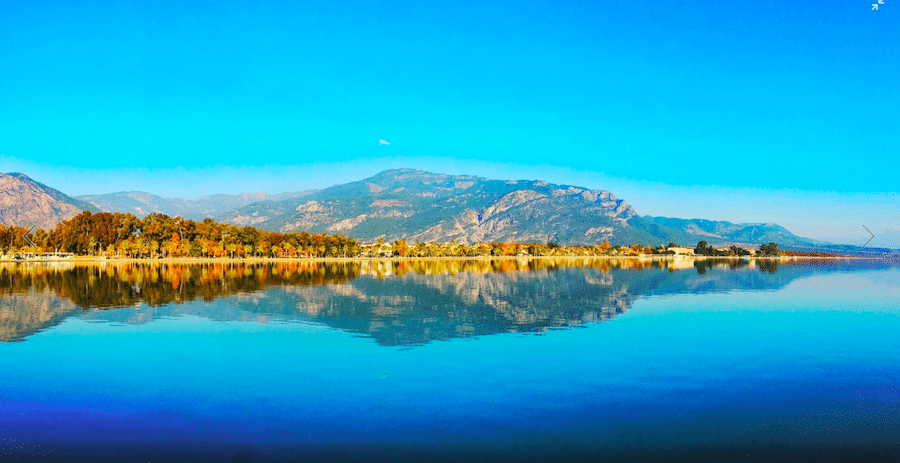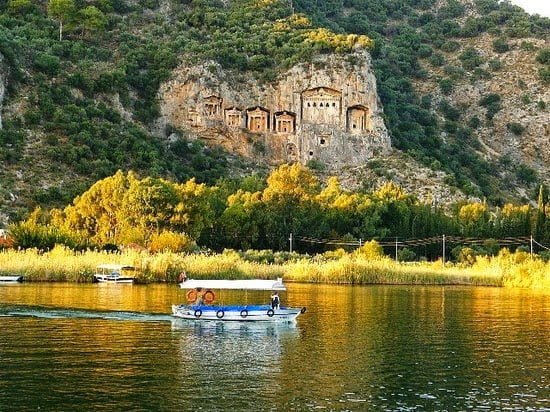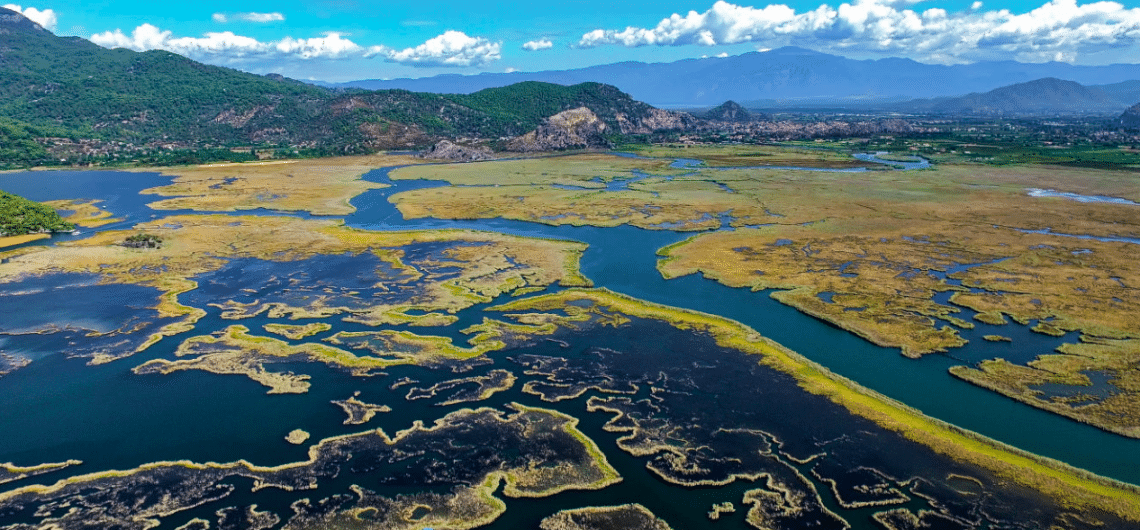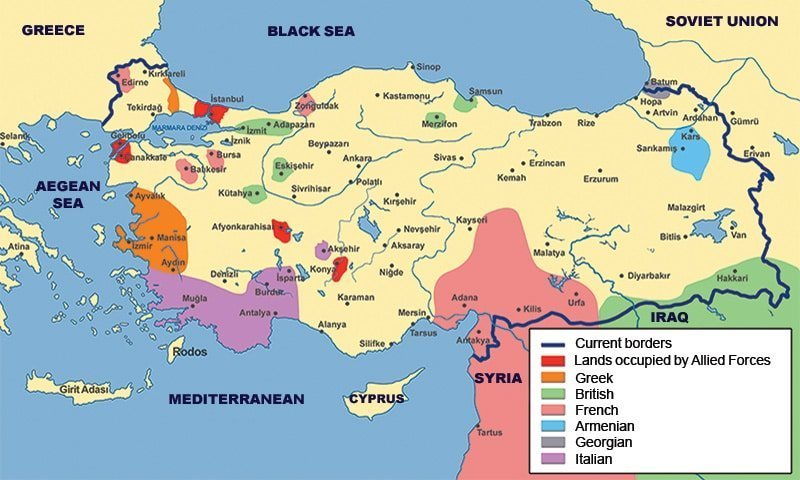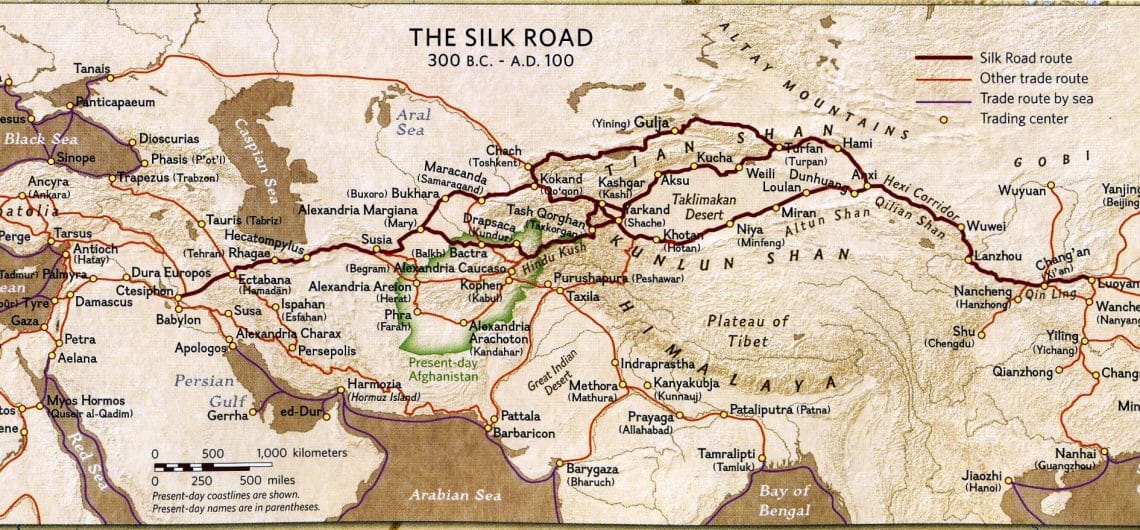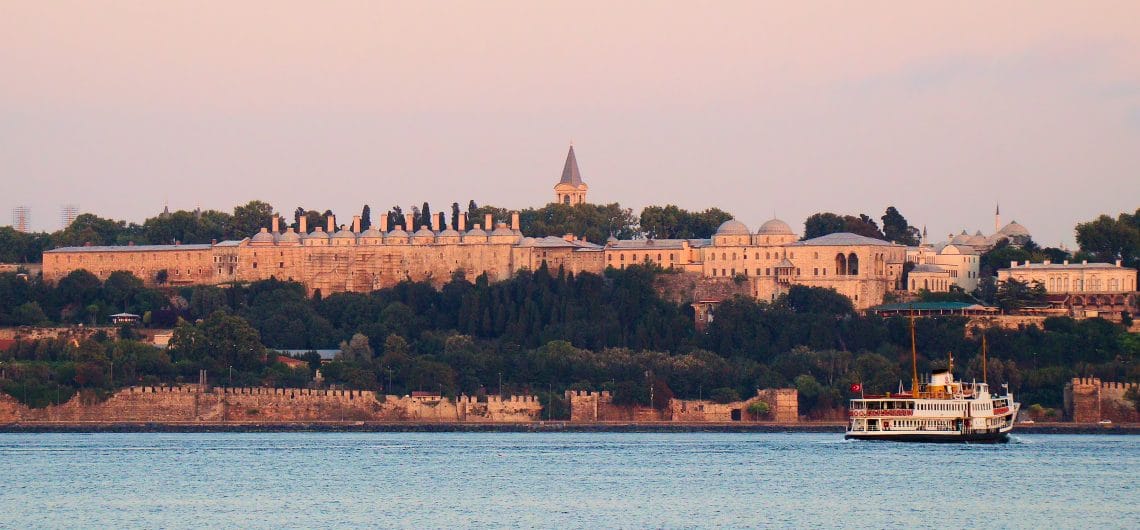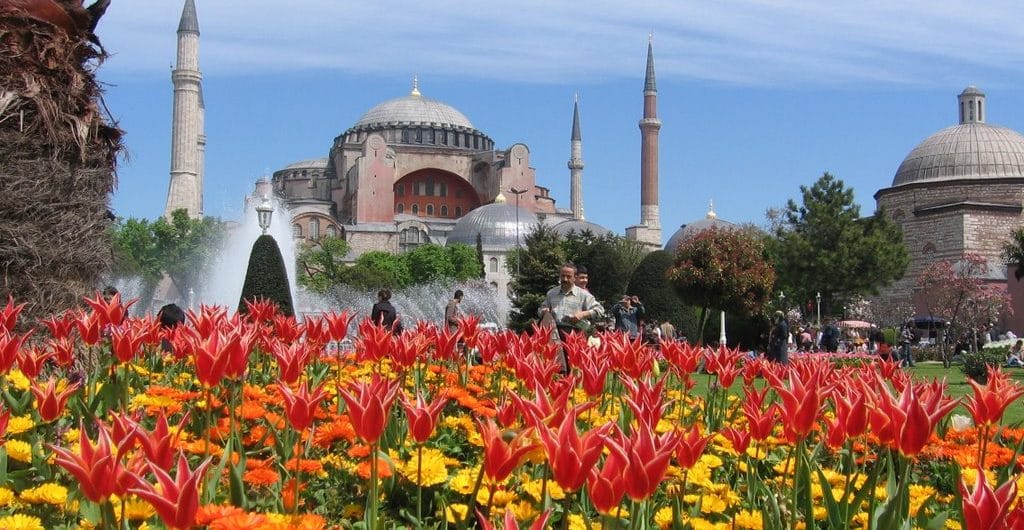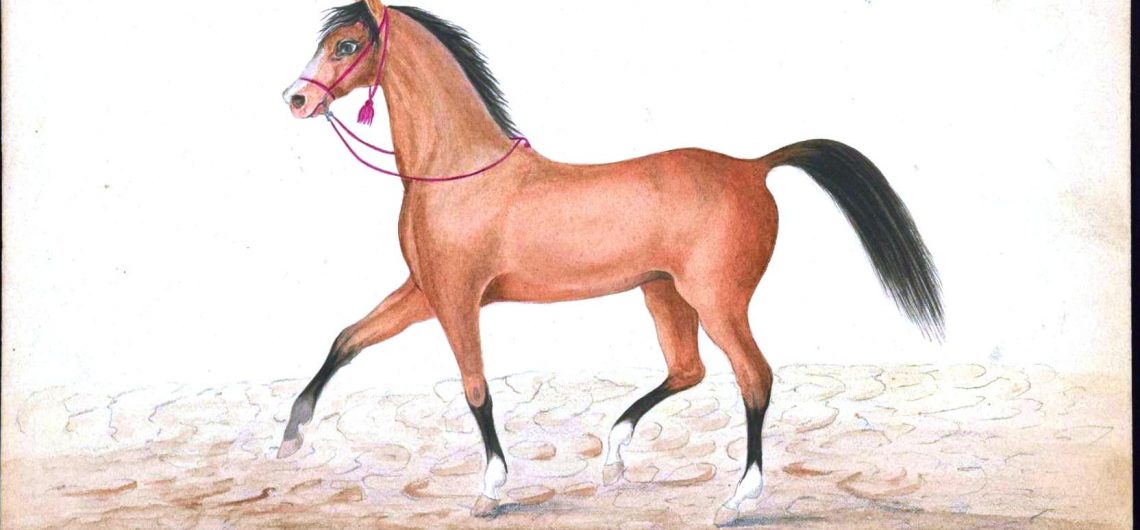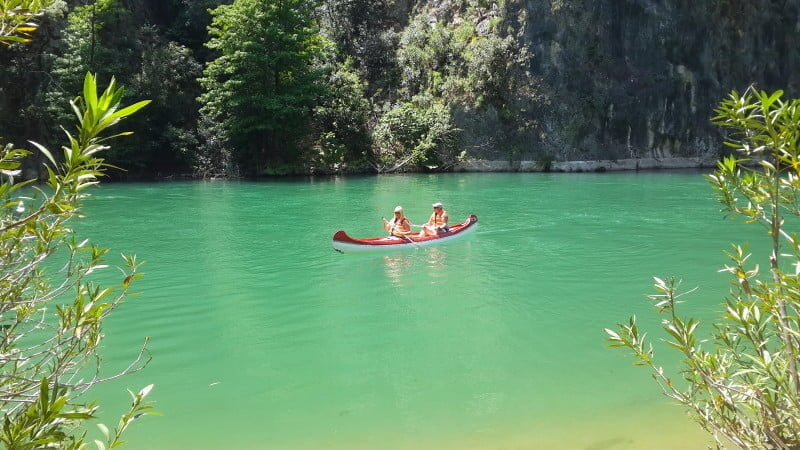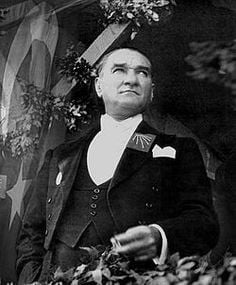Love has always been a powerful force that has inspired countless poems, songs, and legends. Throughout human history, it has played a significant role in our lives, prompting us to go to great lengths to make our loved ones happy. While some people remain bound by rationality, there are those who have no limits when
The cradle of cultures and civilizations connecting Europe and Asia and capital of civilizations that have reined the lands of Anatolia for centuries.
Since the beginning of history, Anatolia, well known as one the earliest settlements, has continued to flourish with the migration of various tribes, and accumulated a large cultural heritage through a line of succeeding empires and civilizations. Many empires ranging from the Sumerians to the Hittites, the Lydians to the Byzantines and the Seljuks to the Ottomans have once thrived and expired within the borders of Turkey..
Home to many diverse cultures, religions, empires and civilisations, Anatolia is situated in the middle of three continents and has always been a hub for cultural interaction, dating back to as early as 24th century BC. Surrounded by the Black Sea, the Aegean Sea and the Mediterranean Sea, the Anatolia Peninsula is home to varying climates enabling vegetation and therefore human settlements.
TIP – There are many tours departing from Dalyan you can join to explore some of the most impressive historic sites and towns.
You are, after all, in Dalyan, where a rich variety of tribes and nations has risen and fallen since 3000 B.C. It is home to legendary landmarks such as the Lycian Rock Tombs, ancient city of Caunos, and so on and so forth, thus there’s no point or pride in avoiding historic landmarks.
In these pages you will not only find in depth information of Dalyan’s rich history from early ages to present day, but you will also find articles about other historic sites that surrounds the Dalyan area aswell as in other parts of Turkey.
Patara is Turkey’s longest beach. You can stroll along this sandy beach for a whopping 12km enjoying the lovely dunes as a backdrop. (Yes, we’ve measured it on Google Maps!) Patara beach is a delight for people who like walking or horseriding on the shore and for sunbathers and swimmers on the lookout for a
Devranzade Tahsin Aga, a prominent citizen of the region, owned a 17-decare property in the vicinity of Dalyan, granted to him by Mihrişah Sultan. Later, his grandson Tahsin Davran realised a life-long wish to sell the property as a part of the Land Reformation Act in 1940, shortly before his death. Ali Riza, the village head of the time, was instrumental in making the transaction so that 120 inhabitants of Dalyan shared titles in what became the beginning of Dalyan’s present land registry.
Byblis, seized by a passion, for her brother, scion of Apollo; that Byblis serves for a warning to girls, against illicit love. She loved, not as a sister loves a brother, nor as she should. At first, it is true, she did not understand the fires of passion, or think it wrong, to kiss, together, often, or throw her arms round her brother’s neck. For a long time she was deceived by the misleading likeness to sisterly affection
THE CAUNOS GUIDE
- HISTORY
- Caunos Guide, City walls of Caunos, Customs Regulations, Euploia, Heraklion, Persikon, Roman Bath, Sacred Stone, Stoa, The Acropolis, The Agora Fountain, the Apollo-Artemis Sacred Area, The Caunos Necrapolis, The Domed Basilica, The Harbour Agora, The Monopteros, The Palaestra Terrace, The Sacred Chamber of Aphrodite, The Small Fortress, The Terrace Temple, The Wind Measuring Platform
- 1 Comment
Caunos is not a large archaeological site, despite its being mentioned in ancient sources, but at its heart it shelters many mysteries that have been revealed to some archaeologists for the very first time. Every stone visible amongst the thick undergrowth and the remains of every structure tell the story of past ages to those who wish to understand and be acquainted with it. From the mountains to the Delta extending out to the sea, this panorama of natural history unfolding is one from which dreams are made.
The most ancient find of the Caunos excavations is a piece of a protogeomeric amphora dating back to the 9th century BC. In addition to this, the geometrical style designs of ceramic vessels patterned with concentric circles drawn between lateral bands or with semicircular motifs, were products of local pottery workshops and Herodotus’ comment that the people of Caunos were the natives of the land, brings to mind a settlement that dates far back. However, no architectural objects that can be dated to before the 4th century BC have been found in Caunos as yet.
While giving important information of Caria’s history and Caria’s cities during the Persian Wars, Herodotus, whose father was a Carian from one of the prominent families of Halicarnassus, and whose mother was a Cretan, speaks of Caunos saying: “Harpagos (Persian general), who brought Ionia to heel, marched against the Carians, Caunosians and Lycians.”This passage relates to the Persian invasion of Western Anatolia in 546 BC, with Caunos and its adjoining cities highlighting it as an independent region with a different language and different customs. In Chapter 1.72 of his History, Herodotus elucidates : “I believe that the inhabitants of Caunos are natives of the region. But they say that they came from Crete. Carian influence is traceable in their language, or vice versa…”
In the Anatolia of antiquity many people some of whom were natives of the land and others immigrants, lived in separate regions defined by geographical boundaries Historians and geographers of the First Era used to give the names of places according to their inhabitants. That is why Caria means Land of the Karians.” This country of mountains, highlands and plateaus cover the south of today’s Aydın, the southwest of Denizli and the entirety of Mugla (apart from Fethiye). This expansive area encompasses the lace-like Aegean coast, bays, peninsulas and islands.
Cevat Şakir Kabaagaçlı, known by his penname, “the Fisherman of Halicarnassus”, writes about the “Sea Islands” as follows: The Aegean coast is a place where bays and headlands embrace the sea… Noble peaks and great headlands fall into the sea, rise out to become islands. These headlands that dip in and out of the sea form a series of islands, just like a line of pearls.”
Sea turtles are one of the oldest species alive on the planet earth. It is essential that they are protected and treated in case of injury in order to ensure the continuation of the species. In America, Mexico and Brazil, where the beaches are 40-50 km long, there are sea turtle research and treatment centres at almost all of the beaches. In the Mediterranean, there are Sea Turtle treatment centres in Italy, Greece and Israel. The fact that such a centre was founded in Dalyan, at Iztuzu Beach, and was chosen the “Best Open Air Zone of Europe’’, is significant in terms of promoting Turkey’s reputation.
When the Ottoman Empire, despite its many victories was ultimately defeated in the first World War, the Moudros Treaty was unwillingly signed and the whole of Mugla Province was left to the Italian forces. Interested in the rich chrome deposits in Köycegiz and its vicinity, the Italians placed a small garrison in Köycegiz to control the region. Although in occupation, the Italians treated the locals and Ottoman officers fairly, (even turning a blind eye to the organisation of the National Forces), and quietly after the War of Independence.
In the 18th century large farms were established on miri land in order to meet the alimentary needs of the Ottoman palace, the army and horse breeding industry. The Dalaman Farm, which Sultan Selim III granted to his mother Mihrişah Sultan, was taken under the administration of the Foundations Corporation in 1820 and was purchased by the inheritors of Hacı Ali, Lord of Mugla, in 1836.
Although no ruins of architectural samples dated to before the century have survived, many graves were found during once 16th foundation excavations in the present town of Dalyan. Evid of a large cemetery indicates that there was once a deep-rooted and large settlement here. Another known fact is that in Dalyan, Turks and Greeks lived together until 1924, as is the case with many other coastal settlements of Anatolia.
After Turkish tribes invaded all the Christian lands to the north of Caria in the 1300s, Caunos experienced a severe population decline resulting from the economic implosion of maritime trade. Additionally, a malarial epidemic brought the city to its knees and it was finally abandoned. When the ancient city was heavily damaged by earthquakes, it was covered with earth that then grew a dense vegetation, hiding it from view. Eventually two new settlements budded within the vicinity.
Iztuzu and the Dalyan Gate is the magnificent final of the Köycegiz – Dalyan ecosystem and the place where the Dalyan River meets the Mediterranean. The threshold of this strait is the Delik Island that rises opposite to the Dalyan Gate and is covered with pine trees and scrub. Having a pier and a lighthouse at the side facing the Iztuzu beach, the Delik Island was a point of bearing showing sailors of the antiquity the entrance to the port of Caunos.
Boats travelling from Dalyan to the Iztuzu Beach pass through the gate of a fish trap constructed of gauze stretched between poles, so as to block the fishes from one side to the other. A “Dalyan” in fishing terms, is controlled by a watchman’s post, before boats enter the delta’s labyrinth of reed islets and complicated waterways. It is customary to salute the fish trap watchman while going in and out of this gate, which is sunken below to provide passage for the boats and raised back in place immediately after the boat has passed.
he town of Dalyan has a history that probably dates back to the 13th century, but which received it’s status technically speaking during Süleyman the Magnificent’s Rhodes campaign. More recently, about 30 to 40 years ago, this settlement turned village was almost exclusively dependent on agriculture and fishing for its sustenance.
Spread out all along the river banks, and dotting the Delta like an archipelago, the tall plumes of reeds whisper a very old story in the soft breezes. This is the tragic tale told by Ovid in his masterpiece “The Metamorphoses”, about the birth of the Calbis River and legendary King Caunos, who founded the ancient city named after him.
According to this legend, Caunos and Byblis, twin children of King Milatos, were very attached to each other.
Archaeological research has shown the existence of an ancient sanctuary dedicated to the Goddess Leto in the vicinity of the Sultaniye thermal springs. According to Greek myth Leto, daughter of the Titans Koios and Phoibe, gave birth to the twins Apollo and Artemis of the Greek pantheon following her union with Zeus. The most important cult centre of this mother goddess of Anatolia, especially of the Lycian origin and her two children is the Letoon sanctuary close the Xanthos, where each have a dedicated temple.
Cutting through the water to the accompaniment of the rhythmic sound of the engine, your boat takes you to the Sultaniye thermal springs, where Ölemez Mountain reaches the shore of the lake from its steep peak crowned by the walls of the Imbroz castle built by the inhabitants of Caunos. According to a legend connected with the name of this majestic mountain covered with the dark green of Turkish Pine forests, Lumen the Wise came here while in search of the herb of immortality and while taking in the vice, he said: “One could not die here even if one wanted to.”
The Köycegiz district, stretching at the side of the glittering green water of the Köycegiz Lake like an island of pack, is surrounded by the Mediterranean pack of the Western Taurus mountains to its north. The Olemez Mountain which is an extension of the Cankurtaran Mountain, the Kızlan mountain forming the last peaks of the Sandraz Mountains in the north and the Pandaluz Mountain to the northeast create a magnificent scene with these thick woodlands.
After Seljuk Sultan Alparslan’s victory over the Byzantine army on Manzikert plain in 1071, Anatolia became the Turkish homeland. Kilic Arslan II added almost all of Caria to the lands of the Selcuk State with his raids during 1093-1095. The settling of Turkish tribes coming in waves from central Asia in Western Anatolia against the Byzantine border accelerated this spread. Anatolia was shared among small emirates that became independent during the chaotic period which started when the Mongols took Anatolia after the Anatolian Selcuks were defeated by the Mongol Ilkhanate in the battle of Kösedag in 1243 and lasting until 1300. This state of affairs continued until Sultan Mehmed II, the Conqueror united Anatolia until Ottoman rule.
The birth of a unique ecosystem consisting of Köycegiz Lake, the Dalyan River and Delta and the Iztuzu Beach is part of an ancient and great tale concerning the formation of the earth’s crust that started in the Mesozoic Era, 251 millon years ago, and continues today with the changes caused by terrestrial forces.
On October 30, 1918, aboard the British battleship Agamemnon, anchored in the port of Mudros on the Aegean island of Lemnos, representatives of Great Britain and the Ottoman Empire sign an armistice treaty marking the end of Ottoman participation in the First World War. The Armistice of Mudros, which was concluded on October 30, 1918,
THE SILK ROAD The Silk Road is an ancient caravan trail that stretches from East to West. From China through India, Asia Minor, ancient Mesopotamia, Egypt, the African continent, Greece and Rome, and finally to Britain. I have always been fascinated by the Silk Road. I am sure that the reality was very tough but I think
UNESCO World Heritage Sites of Turkey Turkey has 16 sites on the UNESCO World Heritage List. These include the magnificent Ephesus, Istanbul and Pamukkale. Many of the sites are popular due to being located within well known tourist areas. Hierapolis – Pamukkale Pamukkale is situated in the Denizli Province in Southwestern Turkey. Because of the
History The history of Turkey goes back to the earliest known human cities. This is the country that gave us the mighty empires of the Hittite, the Lycian, the Roman and Ottomans. The land that witnessed the great wars of Troy, Crimea and Gallipoli. The birthplace of St Nicholas, St George, Prophet Abraham and the
The Tulip The Tulip was originally a wild flower growing in Central Anatolia. Although most people believe that the Dutch first cultivated the Tulip. The plants were originally harvested, and subsequently, cultivated by the Turks as early as 1,000 AD. The Turkish word for Tulip ‘lale’ gave its name to the richest period of the
Horses have been important to the Turks and Turkey for more than 5000 years. First used as food they were then used in war as cavalry and draught animals, then in agriculture and for transport and now largely for leisure and sport. They were first used as food in the form of meat and then
If you were not going there for a nice meal at the birds nest restaurant, you really don’t need much attending. Crystal clear waters springing out from every corner, liquid amber and yellow pine tree forests, Dalaman River floating through the deep valley and all kinds of amazing creatures you can see makes Akkaya Valley an amazing place without the need of anything else.
Who is Atatürk and why is he so important to Turkish people? He was not only a Turkish leader who led his country’s war against aggressors but also a peace lover who sent very important messages to other nations about the necessity of a peaceful and mutually respectful co-existance of all nations on the same
Karia or Caria is the ancient name for a geographical region in south west Anatolia that includes the south of the River Meander (Büyük Menderes), inland and north parts of Menteşe. It was established before old Greek tribes started colonising the Aegean. The historians agree that Carians are Anatolian indigenous. According to Herodotus, the name

